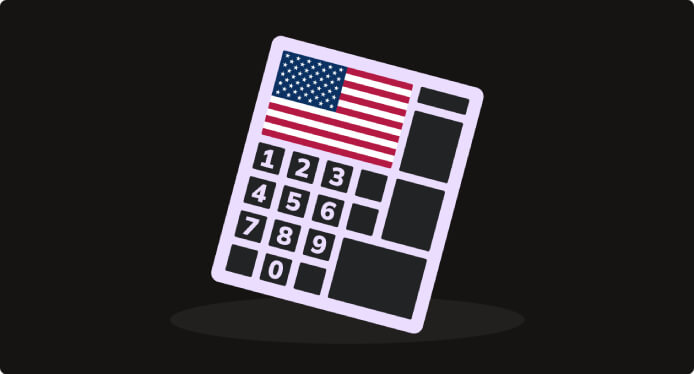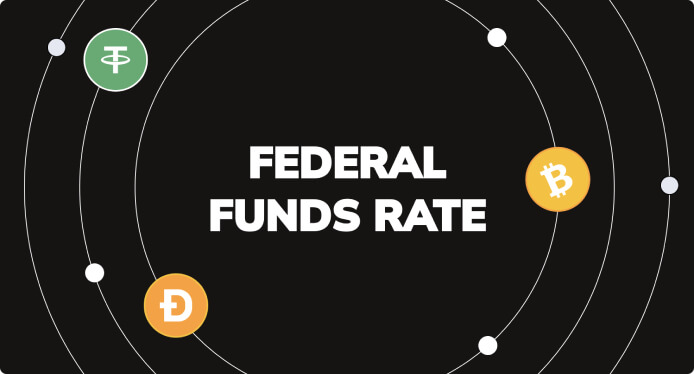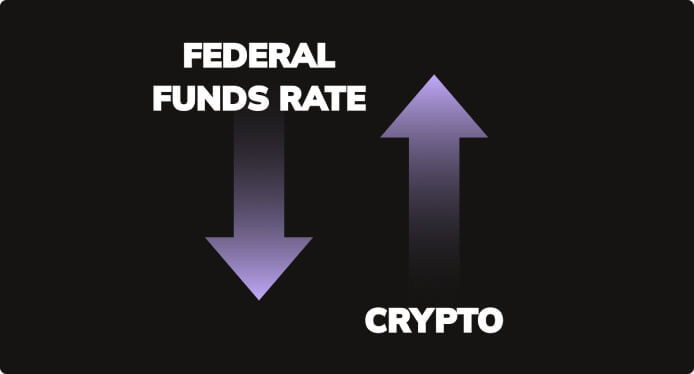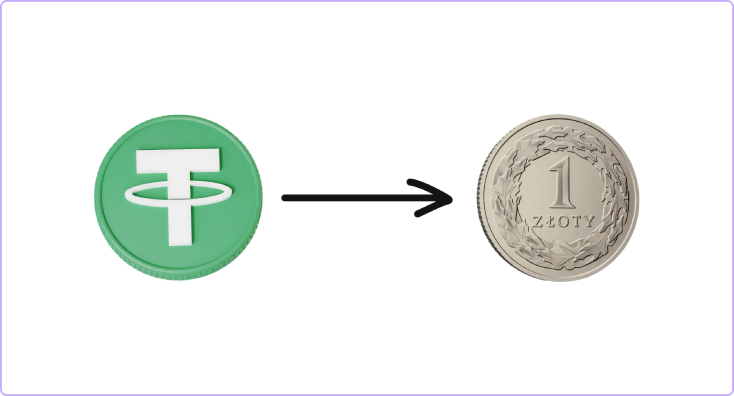
The 21st century financial system has become a global network of interconnected mechanisms, in which even a single indicator can have far-reaching consequences. One of these fundamental benchmarks is the Federal Reserve (FRS) rate. This basic monetary policy instrument not only shapes the domestic economy of the United States, but also affects the level of liquidity, capitalization, and dynamics of assets around the world, including cryptocurrency.
What is the Fed rate?
The Federal Reserve (FRS) is the central bank of the United States, which acts as the main regulator of the national financial system. One of its key instruments is the base rate or federal funds rate, which means the interest rate within which commercial banks can lend to each other for short-term periods (most often overnight) through a reserve account.
This interest rate determines the value of money in the economy. If the Fed raises it, money becomes “more expensive”: loans are more expensive, and deposits are more attractive to investors for saving. Conversely, when the rate is lowered, loans become more accessible, but investments in deposits are less profitable. The decision to raise or lower the rate is made by the Federal Open Market Committee (FOMC) within the framework of monetary policy, depending on the level of inflation, unemployment, GDP growth rates and other indicators.
The cyclicality of making such decisions on the state of the rate forms a monetary cycle, which alternates phases of raising and lowering interest rates, affecting world currencies, the stock market and digital assets.

Why is the Fed rate the most important indicator for an investor?
For an investor of any category, from a traditional trader to a Bitcoin holder, the Fed rate is a strategic indicator that directly affects the level of risk, volatility and potential for profit or decline in assets.
When the base rate is low, the value of money is also low. Such a rate stimulates the growth of high-risk assets, including cryptocurrency, as investors look for profitable alternatives to deposits. In such an environment, there is an increase in demand for cryptocurrency coins, in particular Bitcoin, and the expansion of the digital currency market in general.
On the contrary, in the phase of increasing the rate, investors switch to less risky instruments, especially bonds with high annual interest rates. This leads to an outflow of capital from the crypto market, which reduces the rate and trading volumes. At the same time, like the rate, the balance between the interest in preserving capital and speculative behavior changes. In other words, the Fed, using the rate, changes the investment climate, which determines the dynamics of demand for assets across the spectrum: from fiat currencies to cryptocurrencies.
What happens to cryptocurrency when the Federal Reserve rate increases?
An increase in the rate is a signal to the regulator that the economy is “overheated” or there is a threat of inflation. Such a step is aimed at “cooling” the market by increasing the price of money. For cryptocurrency, this usually means a fall. In particular, we can observe:
- Decrease in cryptocurrency liquidity, as loans become more expensive, the total money supply in circulation decreases. This directly affects liquidity in the cryptocurrency sector.
- Investors convert cryptocurrency into the dollar or other currencies that become more interesting due to rising interest rates.
- There is a negative dynamic on cryptocurrency charts, because the decrease in demand leads to a correction and sometimes even to a crisis, if the market was already in an overheating phase.
- During the period of increase, the dollar strengthens, which puts pressure on the exchange rate of major cryptocurrencies due to a decrease in interest in alternative means of payment.
Thus, an increase in the rate is an extremely unfavorable phase for cryptocurrencies, which is usually accompanied by a fall or high volatility of the cryptocurrency.

What happens to cryptocurrency when the Fed rate decreases?
But a rate decrease is the Fed’s response to an economic slowdown or crisis. Such a measure is aimed at stimulating the market by making money cheaper. For cryptocurrencies, this is a period of growth and a surge in interest. For example:
- You can see an increase in capitalization, as investors look for alternatives to low deposit rates, moving into high-risk assets, including Bitcoin, Ethereum and other cryptocurrencies.
- In the context of cheap loans and reduced bond yields, cryptocurrencies are becoming attractive to new investors.
- Historically, periods of rate cuts have often been accompanied by a strong increase in the value of cryptocurrencies. This was especially observed in 2020/2021 during zero rates.
- Despite the growth, the cryptocurrency market remains unstable, as a rate cut can be both part of the stimulus and a signal of a deep crisis in the economy.

How is the Fed’s base rate related to the level of risk?
A change in the Fed’s base rate is a change in the risk structure of the entire capital market. During an increase, investors reduce their exposure to high-risk assets, as they expect a fall in value. At the same time, short-term deposits or bonds are attractive, and capital is redistributed into conservative instruments.
When the rate is at a low or zero level, the market becomes more inclined to risky investments. This is a period of active growth of new technologies, including digital currencies, ICO launches, DeFi projects, NFTs, etc.
After all, the rate is not just a technical indicator, but one of the most influential factors in the global financial market. For cryptocurrency, it acts as a kind of beacon that determines the general course of investment policy. Understanding which cycle the Fed is in, the phase of increase, decrease, or sideways, allows the investor to build a more informed strategy, analyze risks, assess potential and respond in a timely manner to changes in the regulator’s policy. For analysts, traders, and long-term investors, the interest rate schedule, Fed decisions, and their impact on currencies, stocks, and cryptocurrency are an integral part of professional analysis.
 Support
Support 











